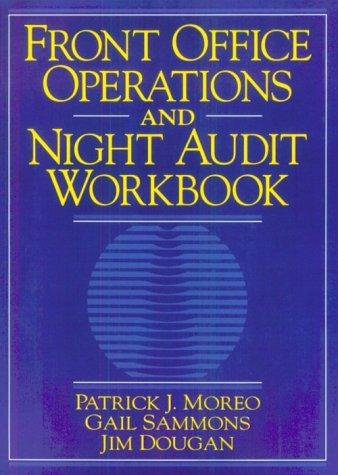Answered step by step
Verified Expert Solution
Question
1 Approved Answer
Answer the following based on the multiple choice question above: In Form 1040, which lines do these deductions appear on, and for what amount on

Answer the following based on the multiple choice question above:
- In Form 1040, which lines do these deductions appear on, and for what amount on each line
- What is the total loss/deduction on Schedule D?
- What is the total deduction on Schedule C?
- On which Section of Schedule C does this deduction appear? Research this answer in the instructions to Schedule C.
- Please attach a partially completed Schedule C with the losses that go on Schedule C in the appropriate section.
Step by Step Solution
There are 3 Steps involved in it
Step: 1

Get Instant Access to Expert-Tailored Solutions
See step-by-step solutions with expert insights and AI powered tools for academic success
Step: 2

Step: 3

Ace Your Homework with AI
Get the answers you need in no time with our AI-driven, step-by-step assistance
Get Started


